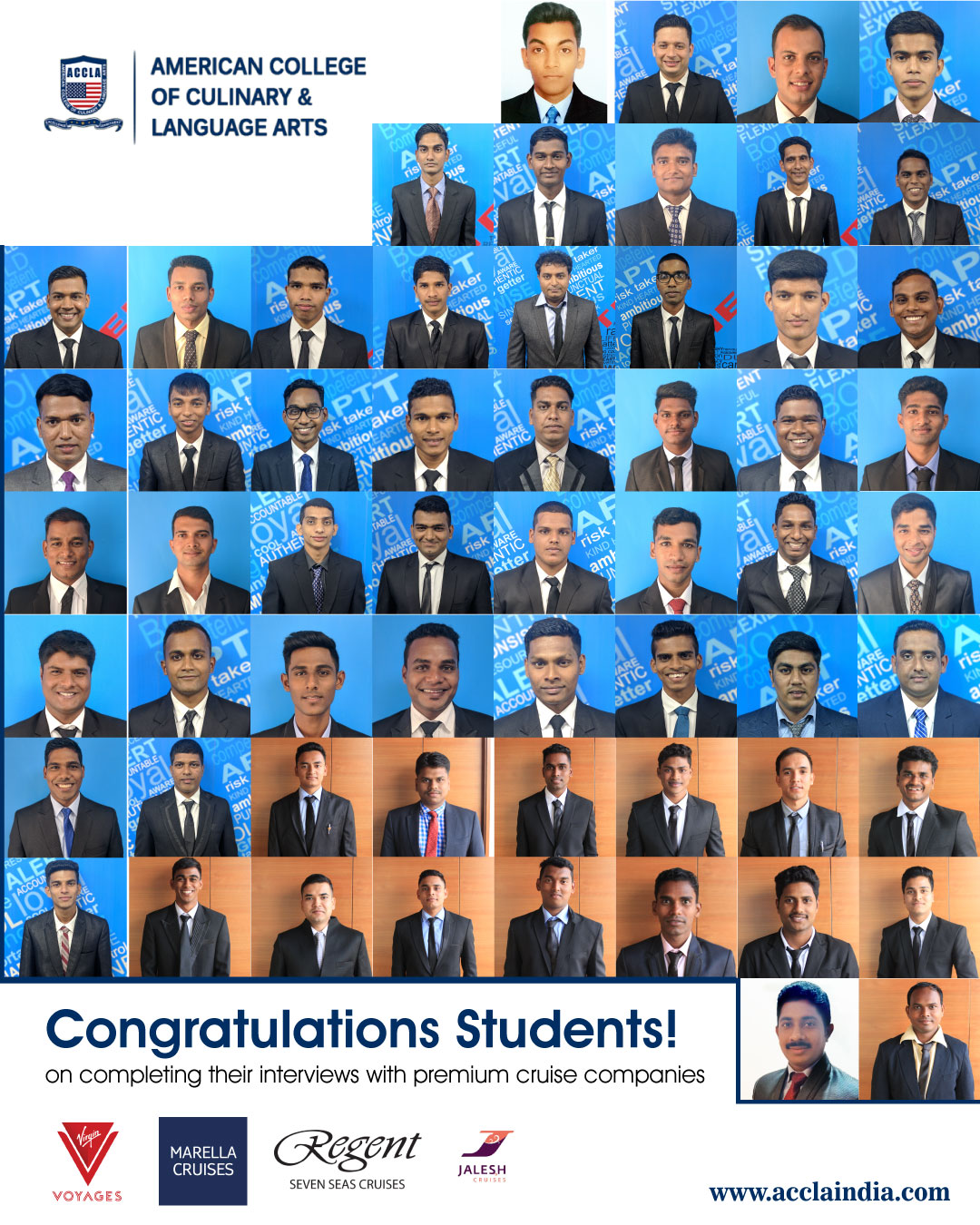Author Archives: admin
Treat Home-Schooled Kids To Healthy Food
 The risks associated with contracting coronavirus (COVID-19) in public places like educational institutes has led to many children being Home-Schooled. This can often mean constant distractions, and one way to keep children happy with learning is to make their favourite snacks and meals. Here are a few healthy options.
The risks associated with contracting coronavirus (COVID-19) in public places like educational institutes has led to many children being Home-Schooled. This can often mean constant distractions, and one way to keep children happy with learning is to make their favourite snacks and meals. Here are a few healthy options.
SNACKS
Peanut Butter Sandwiches
Nut butters are wholesome, healthy and filling sandwich spreads. Peanuts are widely available in India so they are easy on the pocket. Peanut butter can be made in large quantities and can last for up to three months in the fridge. Simply slather some on toast and add a few chocolate chips as a treat. For children with nut allergies, coriander chutney sandwiches with crunchy cucumber are a good substitute.
Hummus and Crudités
This Middle Eastern dip made from chickpeas is high in healthy fats and is a good source of proteins and fibre. Its smooth consistency makes it easy to eat for all ages – so your school-age children can share with their toddler siblings too. Team it up with a colourful variety of vegetables such as carrots, cauliflower, broccoli and bell peppers – raw or lightly steamed.
Healthy Fruit Muffins
Muffins seem more like a treat, but this is true of store-bought, high-calorie versions. Try healthier recipes with fresh fruit such as apple, strawberries, mango, pineapple, oranges or banana, sweetened with honey instead of refined sugar and the butter substituted with olive oil. Oat flour or whole wheat flour can be used instead of refined flour. These can be made in batches to last the week.
Easy Energy Bars
This snack can be a fun lesson in cooking for children as well a delicious snack. Some recipes do not require baking either. They often include oats; a sticky sweetener such as dates, honey or jaggery that holds it all together; nuts such as peanuts, almonds and walnuts; dried fruit and seeds. Energy bars only require gentle mixing and are a powerhouse of energy.
MEALS
Mug Meals
Mug meals are perfect when you’re pressed for time. They require minimal effort for cooking and cleanup. There are tons of recipes online for popular children’s favourites including gooey mac and cheese, homemade chicken noodle soup, lasagna, meatloaf and even pizza.
Stuffed Parathas
Parathas are a well-loved children’s meal. They are easy for very young children to eat without a mess and parents can get quite versatile with the fillings. Instead of the usual potato, switch it up for cauliflower, paneer, beetroot or cheese. Parathas are also an easy way to sneak in vegetables that children don’t normally like to eat, including spinach, methi, bottle gourd and radish. Serve it with a favourite chutney and curd dip.
One-pot Pasta
Pasta is possibly an all-time favourite of children around the world. Choose one-pot recipes to help with easy cleanup. To make it a wholesome meal, ensure you include some vegetables and a source of protein such as prawns, calamari, chicken, beef or even tofu. Homemade pasta sauce can be made in advanced and bottled if needed. Béchamel also lasts up to five days in the fridge.
Veggie bake with chicken strips
Vegetable bakes combine lots of fibrous ingredients rich in vitamins and minerals, and lots of cheese that make it an instant winner. They are mild on the spice and are easy to re-heat. Serve portions with a side of breaded chicken strips for an extra punch of protein.
Improve Your Career Prospects by Upgrading Your Skills

Hospitality is one of the world’s biggest industries. Career opportunities are many in the industry, but so is the competition. You will gain a good foundation in being a chef from reputed institutes like ACCLA, but it is important to keep upgrading your skills so you can set yourself apart.
Business management
You may be a great chef, but knowing how to run a business comes in handy when running a restaurant. Even if you are part of a restaurant team, knowing the basics of business management will help you understand how to cook food economically. Learning about budgeting, accounting and keeping tabs on inventory help greatly in any restaurant business, and more importantly if you hope to run a venture yourself sometime in the future.
Kitchen hygiene & sanitation
The most important factor in running a successful restaurant is having a clean kitchen. Learning about the best practices to keep your kitchen clean is an excellent skill to have as a chef. This also involves tips and tricks to deal with stubborn stains, odours and cooking mishaps.
First aid
All kitchens involve fires, sharp and pointy objects, and searing hot utensils. Accidents are bound to happen. Knowing first aid can help you avert disaster during an emergency. Learn about bandages and how to use them, dealing with burns and deep cuts, and also evacuation procedures in case of a fire are useful skills to have.
Creativity & innovation
On most cruise ships, chefs are expected to adhere to a set menu including presentation. However, there are instances when creativity can be utilised. One can attempt to use produce before they go bad in innovative ways, for dishes like soups of the day or daily specials. If they do have freedom, cruise ship chefs – like other chefs working in land-based restaurants – can experiment with menu design, adapting older recipes, creating new dishes, and trying interesting presentations.
In addition, creativity plays a huge part in sustainable cooking as well – using food scraps for stock, swapping imported ingredients for local seasonal produce in popular dishes, finding ways to use energy efficiently in cooking, choosing seafood wisely, and perhaps even nurturing your own kitchen garden for herbs and rudimentaries such as potatoes, onions, tomatoes and chilis.
Organisation & multi-tasking
To a novice, the kitchen or galley can seem a very chaotic place, particularly during service time. And if you do not have a method to the madness, things can get out of hand pretty quickly. Honing your organisation and multi-tasking skills is a great way to help you get ahead as a chef.
It starts with planning your day, even as a line cook, depending on your responsibilities. Knowing what you are going to be doing helps you stay on track. Being a good multi-tasker ensures you stay focused no matter what the unintentional additions to your day.
Being a team player
One of the most important skills to upgrade is learning how to work in a team. On cruise ships, chefs are part of very large teams, each with their own responsibilities but still just a cog in the wheel. Working well with colleagues, covering for others whenever required and lending a helping hand all help towards the end goal – serving good food on time.
Choosing The Right Hospitality Institute During The COVID-19 Crisis
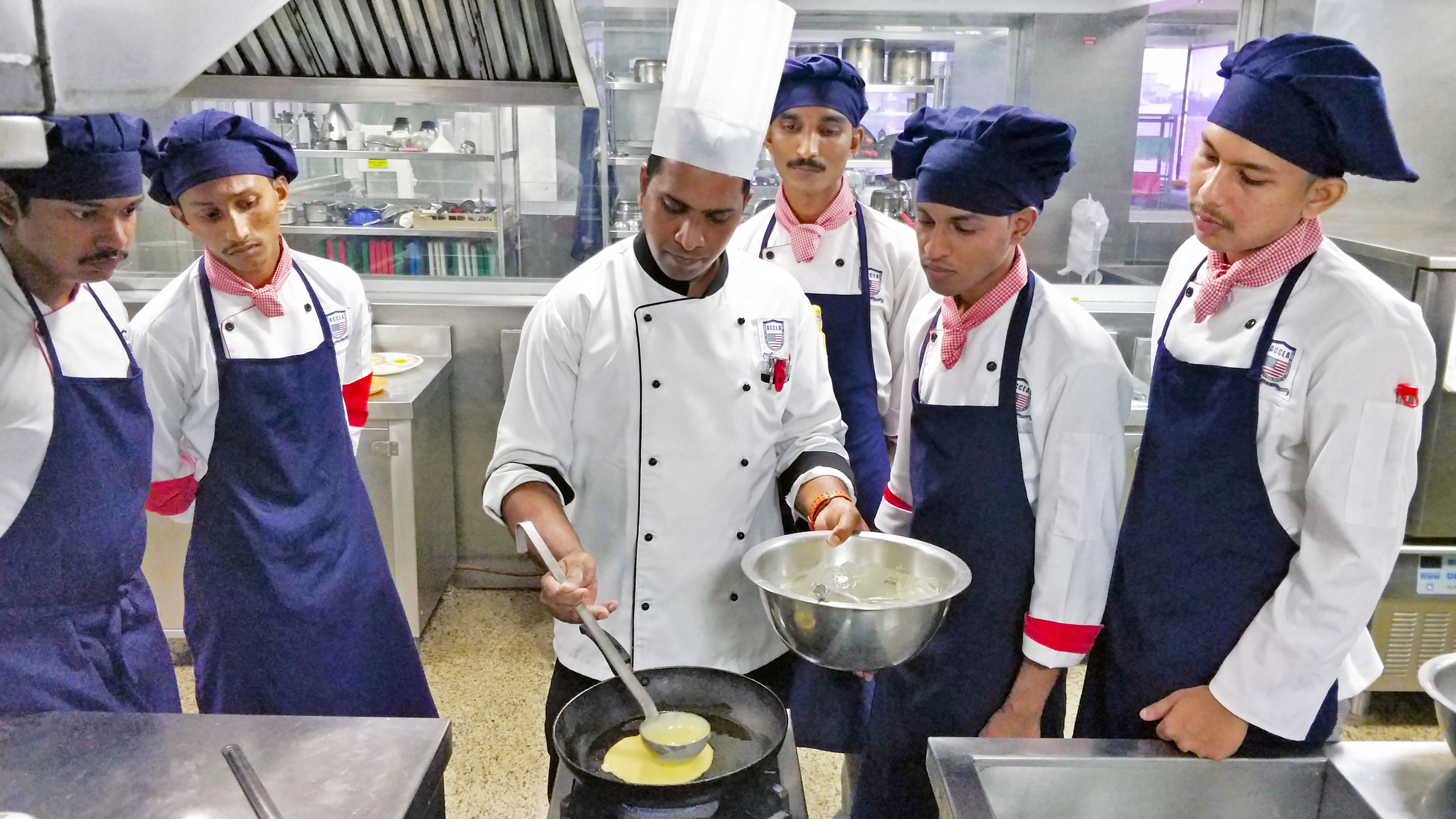
The hospitality industry has been one of the hardest hit by the coronavirus pandemic. But this doesn’t spell the end of a sector which contributed over USD 8 trillion to the global economy in 2018. Not by far. You need to be ready for its resurrection by using this time in lockdown to get culinary training and fine tune skills.
A recent report by Cruise Industry News suggested that Carnival Cruise Line is looking at starting by August, while Bahamas Paradise announced sailings on Grand Celebration as early as June. Most major companies are offering guests future cruise credit and many avid cruisers are keen to get back on board, even if it means more testing.
As culinary students and prospective cruise ship chefs, it helps to have the same attitude. To stay with the times, one of the most important factors is to choose a culinary institute that focuses on health and safety, not just in the classroom but also as part of the curriculum.
A few institutes are taking courses online with state-of-the-art technology for virtual classrooms, student-teacher interactions, scheduling, and video presentations. This helps reduce the need for physical interaction, and ensures one-on-one online guidance.
Students learn responsibility despite the freedom of studying from home. They are expected to adhere strictly to a pre-determined dress code – instead of logging into virtual classrooms wearing pajamas. Attendance, punctuality and deadlines for assignments are all still important, values that hold students in good stead in the work world.
In addition to flexibility during these times of physical distancing, students should look for institutes with a high quality curriculum. Courses should be able to take in a person with no culinary background and offer extensive training and skills that will allow them to succeed in a high pressure environment such as a cruise ship galley.
Ensure that the curriculum focuses on the student and encourages creative thinking and scope for future entrepreneurship. Faculty is an extremely important factor when choosing a hospitality institute. Good teachers can inspire goals, encourage creativity and above all help students grasp fundamental concepts well.
A well-connected placement programme is another mark of a quality institute since it shows a proven reliability and standard in the industry.
The hospitality industry is expected to focus on changes in customer experience – single portion menus, contactless deliveries, personal serving spoons for shared dishes, etc. It will also respond to customer perceptions by promoting an image of safety and hygiene. Online catering services – including ordering and delivery, packaging, and the nutrition and handling of ingredients will come into focus.
It is expected that buffets – a big draw on cruise ships – will find more takers to avoid the risks associated with table service. Guests can visit the buffet whenever they feel comfortable. Disposable or online menu apps may become more mainstream to reduce physical contact. Your hospitality institute should address current and expected trends to ensure you are ready for galley as a trained cruise ship chef the minute you step on board.
ACCLA’s special courses such as the Integrated Cruise Culinary Programme offer rigorous training to help you excel as an assistant cook in high pressure environments on luxury cruise lines. Its courses are now being held online with training from expert cruise chefs and offer 100 per cent placement on cruise ships. In addition, the institute has launched the HCA app for Android so students can use their mobile phones for easy access to course resources.
How Cruise Ship Chefs Maintain Food Hygiene
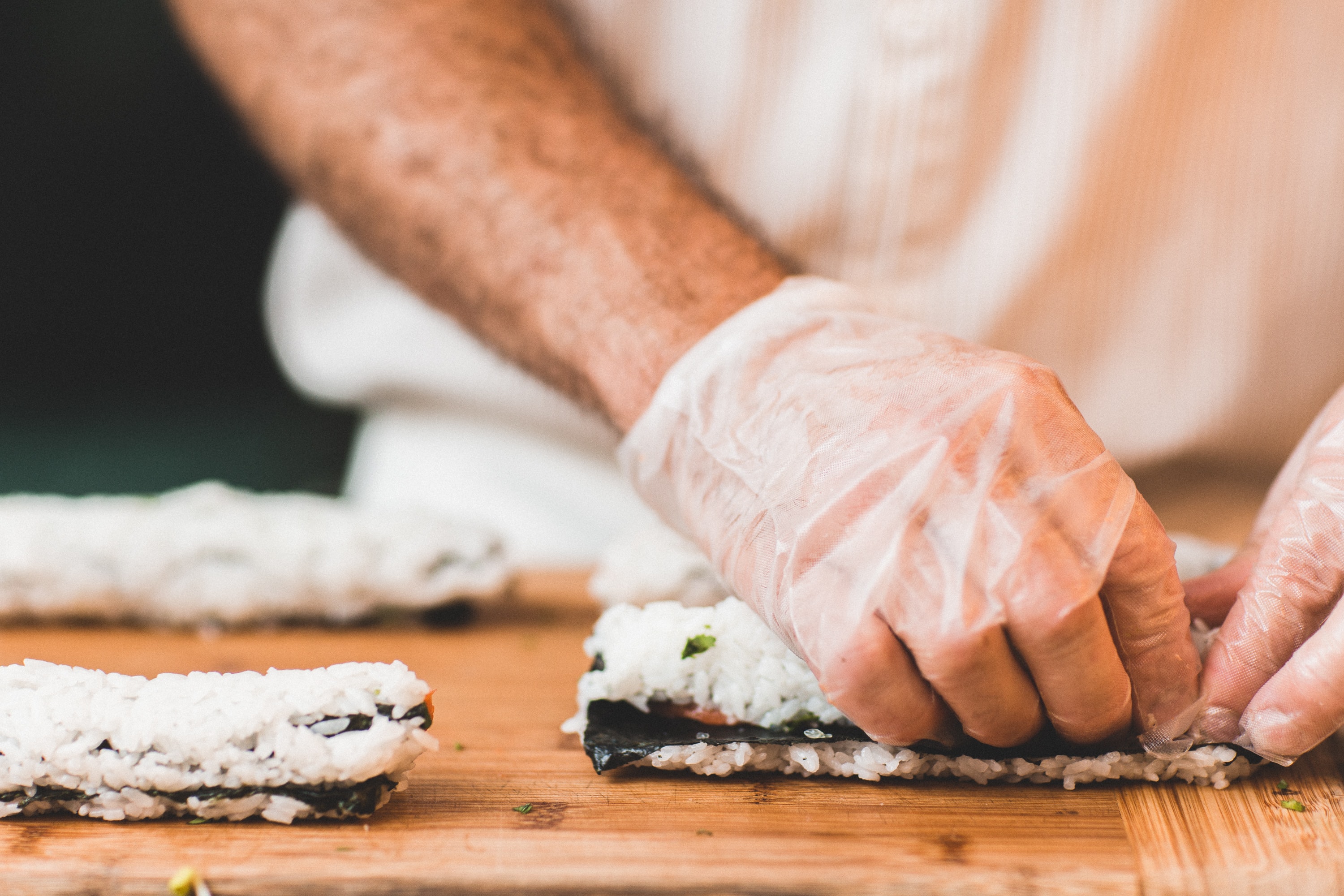
In today’s world, personal hygiene and public health are very closely related. Food handling is one of the ways in which microbes – and communicable diseases such as coronavirus – are transferred. Cruise ship chefs jobs have some of the strictest practices when it comes to food safety.
All major cruise line companies include the HACCP approach to food safety. This Hazard Analysis and Critical Control Points system helps keep food safe from biological, chemical, physical and even radiological threats during the production process.
This is in addition to the personal hygiene standards all crew members are expected to follow, particularly those handling food. Cruise line chefs follow proper hygiene protocol including showering every day, sometimes adding an extra shower after work. They are also expected to be properly groomed every day. This includes ensuring their nails are short and clean, their uniforms are clean and their shoes are shined.
Proper handwashing procedures are strictly followed with special sinks dedicated to washing hands only located in all the galleys. They also use the three bucket or three sink system in the galley to clean dishes and utensils – one for washing, one for rinsing and the last for sanitising.
Within the context of the coronavirus crisis, cruise ship chefs are at a distinct advantage regarding measures to stop cross-contamination. One of the main personal hygiene rules followed on a cruise ship is not touching food contact surfaces such as knives, stockpots and cutting boards, with bare hands. Combined with frequent hand washing and not being permitted to touch their face during food preparation, cruise ship chefs present an extremely low risk particularly during this pandemic.
Different cruise ship companies also have their own sanitation inspections from organisations such as the USPH for the US, Ship Sanitation for the European Union, Health Canada, Anvisa for Brazil and Australian Ship Sanitation. Typically, ships that fail to score a minimum of 86 in the US Centers for Disease Control and Prevention’s Vessel Sanitation Program are considered unsatisfactory on the hygiene scale.
Sanitation inspections look for minute details – from stray coffee grounds under the machine to a single fruit fly at a breakfast station and even leftovers without labels. So cruise ship chefs need to be extremely careful when it comes to hygiene in food handling.
Every step from procuring produce and ingredients to storage, processing, handling and service follows strict hygiene guidelines on board. Cruise ship chefs learn to stick to these rules unwaveringly to help their vessel pass sanitation inspections. The procedures are ingrained from the time they start their courses, refreshed when they join their first contract and revisited during orientation programmes.
According to the World Health Organisation, there is no evidence to date that viruses that cause respiratory illnesses can be transmitted through food or food packaging. Coronaviruses also need an animal or human host to multiply – they cannot do so in food. So as long as all people involved in the food processing chain maintain simple but effective methods of hygiene, everyone can be protected.
These measures include using personal protective equipment such as masks and gloves, frequent washing of hands and cleaning or disinfecting of work surfaces and touch points such as door handles, good respiratory hygiene such as covering the nose and mouth when sneezing or coughing, maintaining appropriate physical distancing at all stages of food processing, and being aware of symptoms so they can remove themselves from the workplace immediately. Staff involved in delivery of food must also follow hygiene and phyical distancing rules.
COVID-19 need not bring the food service industry to a grinding halt. With stringent processes in place – many already followed by cruise ship chefs, delicious meals can be served to consumers at their homes, bringing joy even during these testing times.
Learning Culinary Skills During The Lockdown
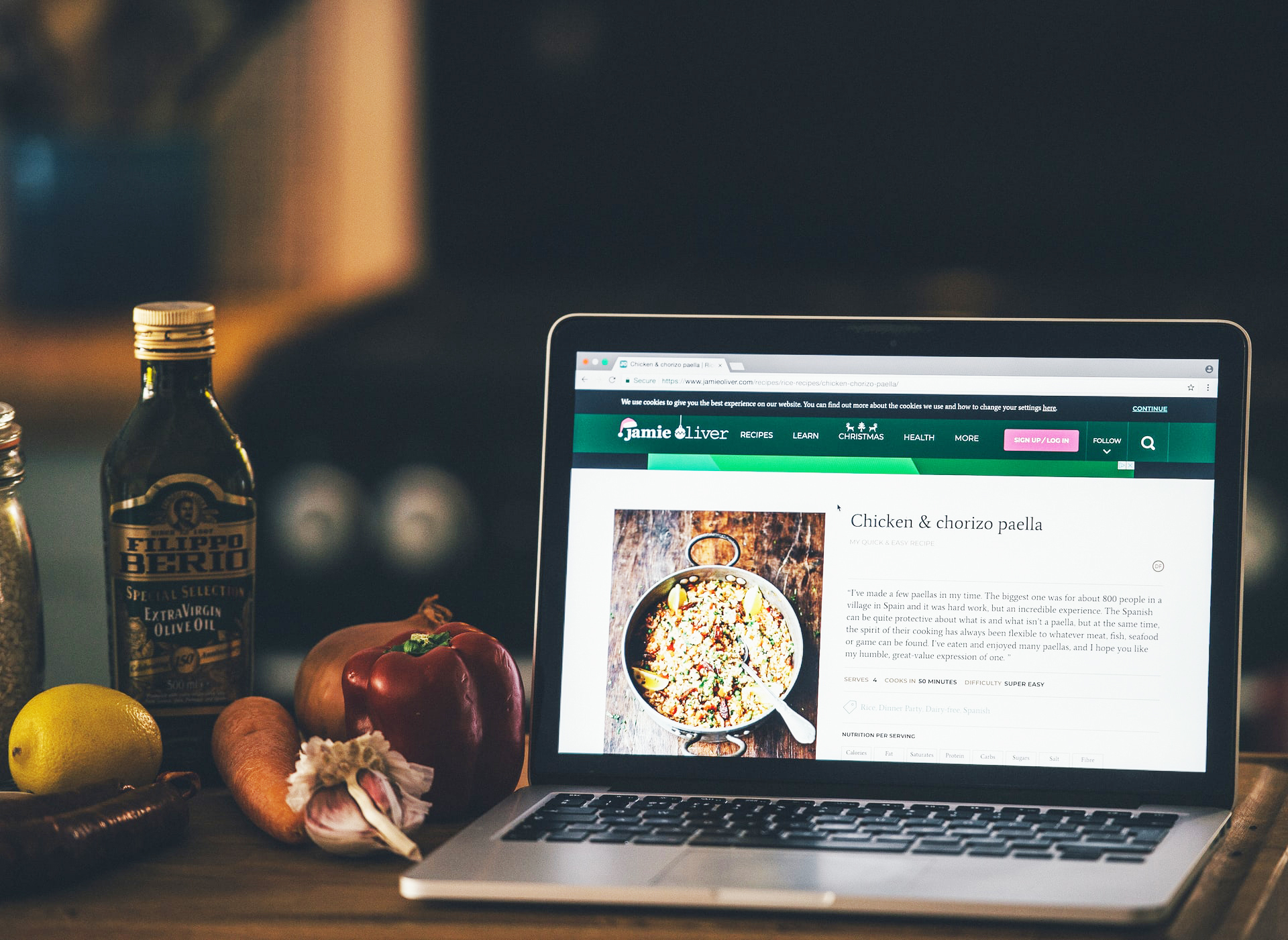
Being at home in between contracts or during a lockdown as in recent times can offer opportunities to hone skills or learn new ones. There are two ways to learn new culinary skills – one is by trial and error at home, the other is by signing up for an online course.
Online learning or virtual classrooms are gaining ground in the education sector, receiving an unlikely boost from the recent coronavirus pandemic. The crisis has affected the cruise industry and stalled crew changes, leaving many cruise ship chefs waiting on shore.
Lockdowns prevent easy access to ingredients so they encourage you to be creative with what you have. Take advantage and look for available substitutes. For example, in the absence of eggs, you can use aquafaba when cooking meringues or marshmallows. This liquid that comes from cooking chickpeas is flavourless when baked, cheap and looks exactly like fluffy egg white when whipped.
You can also attempt to make your own cream cheese, paneer or buttermilk at home with milk and lemon juice. You can do the same with a whole host of pantry staples, including bread, potato crisps, seasoning and dry rub mixes, granola, pastas, etc.
There are dozens of online courses that teach you either a specific skill – like making pasta – or an entire culinary course. Based on your experience and career aims, you can choose courses that suit you best.
Taking online courses can mean that you progress according to your skill level, rather than having to advance along with a class. So if you are able to pick up certain skills faster, you can master them and move on to new ones, thereby adding to your resume. On the other hand, if there is a skill that’s particularly difficult for you, you can watch the video or take that particular class as many times as you need to until you get where you need to be.
Online courses also allow you to attend class at a time you are comfortable with. So if you find your concentration levels are better very early in the morning or very late at night, you can adjust your schedule accordingly.
Some of the popular online culinary courses include those by Auguste Escoffier School of Culinary Arts, New England Culinary Institute, Penn Foster Career School and the Art Institute of Pittsburgh and Rouxbe.
A few online institutes boast a pretty comprehensive programme schedule. Auguste Escoffier, for example, includes research, step-by-step videos, cooking, live sessions with the teacher and graded assignments too. Students are expected to submit a summary, detailed images, and a flavour journal that helps the teacher grade the student despite not being there to taste the food. Training includes culinary techniques, pastry arts, business management, being an executive chef and running a successful food operation.
With Rouxbe, the options offer specific courses to learn plant-based cooking, vegan desserts, seafood literacy and others, aimed at professionals, culinary students and home cooks too.
Online culinary courses vary in length, most requiring you to spend just a few hours a day. With interactive sessions, you are able to get one-on-one feedback from trainers too. This enables you to enjoy your time off work while also upgrading your skills in a short period of time.
Culinary Experiences On Luxury Cruises
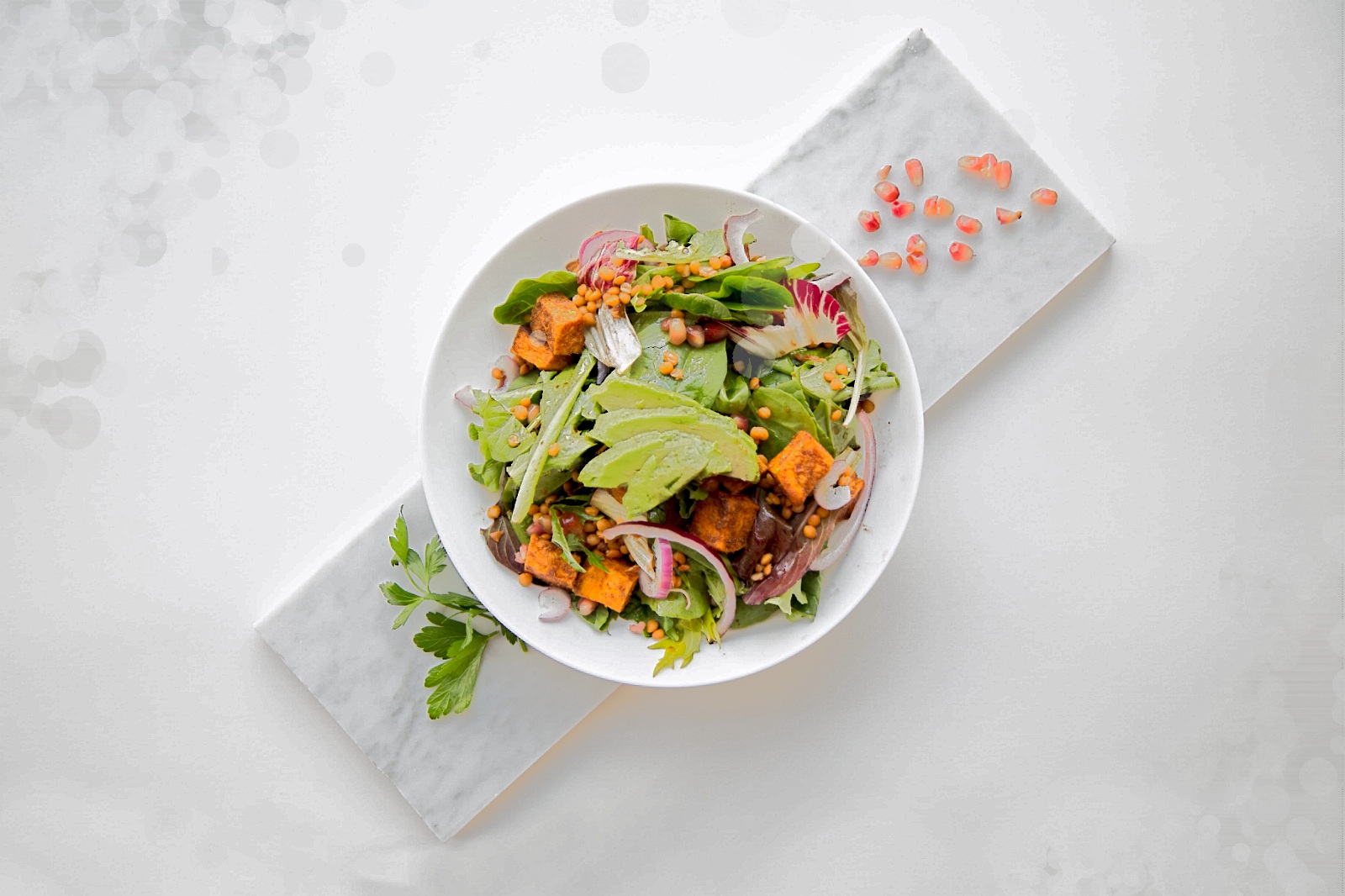 Food is the biggest part of cruise life. Dining, snacking, cooking demos, masterclasses and culinary experiences – both onboard and shore-based – involve cruise ship chefs whipping up world-class meals with high quality ingredients.
Food is the biggest part of cruise life. Dining, snacking, cooking demos, masterclasses and culinary experiences – both onboard and shore-based – involve cruise ship chefs whipping up world-class meals with high quality ingredients.
Across cruise lines, there are in-house styles and standards to follow. These are drawn up by the executive chefs on each vessel, following a brief from the company about the image they want to portray to the world. Let’s look at a few cruise ship companies and their culinary offerings.
VIKING CRUISES
There are six standard food and beverage outlets on Viking Cruises, apart from the specialty restaurants that feature on various vessels. The cruise company plays with elegant fine dining at The Restaurant, the best of Italian to satiate popular food tastes with Manfredi’s, interactive dining experiences with World Café, Norwegian specialties at Mamsen’s to reflect its heritage, various alcohols and spirits including the Scandinavian aquavit which gives the bars their name, and 24-hour bakeries.
Some of their excursions also offer interesting culinary experiences such as empanada lessons, alfajores and mate in Argentina; and personally customised okonomiyaki in Japan.
OCEANIA CRUISES
Oceania Cruises has been winning awards for its cuisine quite often for Best Dining, Best Cuisine, Best for Food and Best Main Dining Room Cuisine by top cruise magazines and forums. This could partly be thanks to its executive culinary director Jacques Pépin who keeps the innovation game top-notch. On Oceania’s new cruise ships – Marina and Riviera, there is no extra charge for specialty restaurants.
Guests can indulge in exquisite dishes such as Parmesan Cheese Timbale with Black Truffle Sauce at its Italian restaurant Toscana, 28-day dry-aged USDA prime and Whole Maine Lobster Gratinée at Polo Grill steakhouse, contemporary twists on Asian classics at Red Ginger, vegan smoothies and energy bowls at Waves Grill, and the splendid English afternoon tea traditions at Horizons. Pépin takes centre stage at Jacques which celebrates French classics with the masterchef’s interpretations.
MARELLA CRUISES
Cruise ship chefs on Marella can look forward to quite a bit of classic cruise cooking. The company’s à la carte menu features traditional French onion soup, Lobster thermidor, beef carpaccio and cherry jubilee. All ships have at least three restaurants varying from a formal dining atmosphere to casual snacking. Its Snack Shack is a popular eatery with quick foods such as salads, wraps and fresh fruit pots available in a fridge.
Surf & Turf Steakhouse and Kora La are two restaurants on Marella ships that are popular and recommended. The steakhouse boasts prime Angus steak, a variety of seafood options including lobster tail and salmon, and delectable desserts such as trio of lemon and New York cheesecake. Kora La offers a fairly small menu with Pan-Asian flavours including trout and mango salad, tempura chicken and curry dishes. Its Korean pancakes and kue ruwok made of custard and meringue layers are noted by cruise critics.
REGENT SEVEN SEAS
The Regent Seven Seas Cruises looks at dining as an experience. It’s a more elegant affair, even if it means something as downright messy as Alaskan King crab legs. Compass Rose is its largest specialty restaurant where cruise ship chefs allow diners to design their own entrées from preferred sides, sauces, pastas and main features of beef, poultry and fish. The menus also change daily to offer excellent variety to guests.
La Veranda is the Regent Seven Seas’ breakfast and lunch buffet spread that transforms smoothly into Sette Mari in the evenings. During the day, it features a global menu with tidbits from around the world, including pain au chocolat and fruit Danish at breakfast and murgh makhanwala at lunch. In the evening, there’s a focus on Italian cuisine that features everything from veal meatballs with fried mozzarella to the Sicilian special pasta di mandorle or almond paste cookie.
Smoking As A Cooking Method
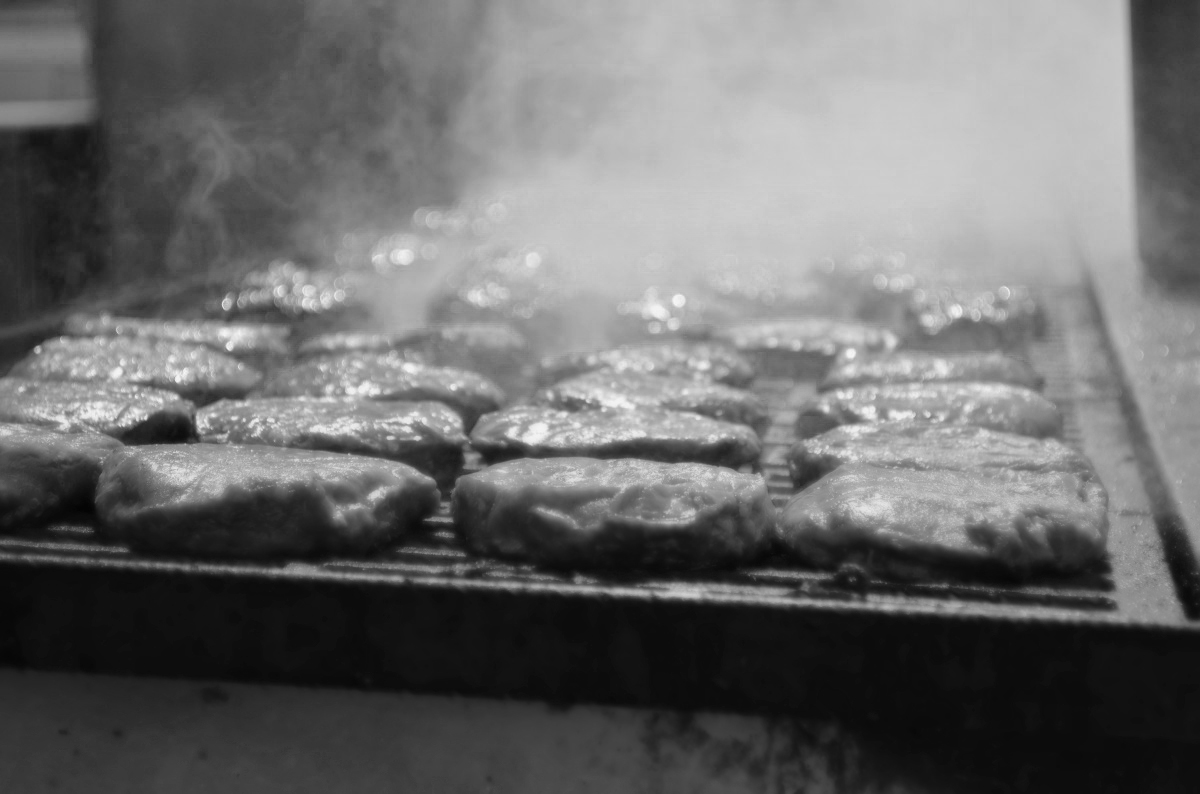
For most countries outside the tropics, summer holidays mean picnics and barbeques. Smoking food has been a method of cooking since man first discovered fire. Along with roasting, smoking is the oldest cooking method.
The smoke created by burning material – most often wood – offers a distinct flavouring to food, as well as browning and preserving it too. Lay people are most exposed to the barbeque style of smoking, but that’s just the tip of the iceberg when it comes to this method of cooking.
The most common items to smoke are meats and poultry, but fish or game can also be smoked. In many places, seafood, vegetables and cheese are also smoked. It is thought to be a healthier method of cooking as no oil or fat is required during the process and when done right, the food remains succulent.
In a hot smoking method, temperatures are between 52-80 degrees Centigrade (126-176F). The food is raw before being smoked and cooked during the process. Often, meats are air-dried by hanging them from the ceiling or placing them on racks in a refrigerator or cool room so they develop a ‘skin’ that helps the smoky flavour to cling to it. Smoking lasts for anywhere between an hour to a whole day, and sometimes meats, fish and poultry are soaked in brine to help retain moisture during smoking.
Hot smoking is not the best method for long-term food preservation and it is usually served right away or stored in a fridge or freezer for a few days.
In cold smoking, food remains raw throughout the process. And because temperatures in the smokehouse are usually between 20-30 degrees Celsuis (68-86F), they offer the ideal conditions for bacterial growth. So cold smoking can be dangerous if not done right. To reduce risk, most meats are cured before cold smoking, which is typically done to boost the flavour of cheese or nuts as well as beef, salmon, pork chops, chicken, steaks and other similar cuts.
An additional method is smoke-roasting which combines roasting and smoking. This is basically barbecuing where temperatures are jacked up above 121 degrees Centigrade (250F). This is the easiest type of smoking to replicate at home without the risks of not attaining the right temperature to kill bacteria.
Cruise ship chefs find it difficult to include smoking as a cooking method on board due to the hazards of having an open fire. In such cases, liquid smoke is a go-to addition, made by condensing smoke from wood. It is water soluble and lends a similar flavour to meats and vegetables as smoking over flame.
Still, this trend is now changing. American celebrity chef Guy Fieri turned cruise ship barbecuing on its head when he launched Smokehouse on Carnival Vista which is reportedly the first restaurant at sea to have a full-on smoker.
More cruise ships are now jumping on the bandwagon. Carnival Magic opened Guy’s Pig & Anchor Bar-B-Que Smokehouse, while Princess Cruises brought Planks BBQ on board Caribbean Princess and Norwegian Bliss has Q with brisket, ribs, chicken and sausages smoked over hickory, oak and pecan wood.
And it’s not just meat, seafood and vegetables that can be smoked. Chefs can get innovative with cheeses such as gouda, palmero, gruyère and provolone; garlic, chipotle, peaches, oysters, olives, corn, and nuts such as almonds, pecans and walnuts.
How Cruise Ship Chefs Can Use Meat Substitutes
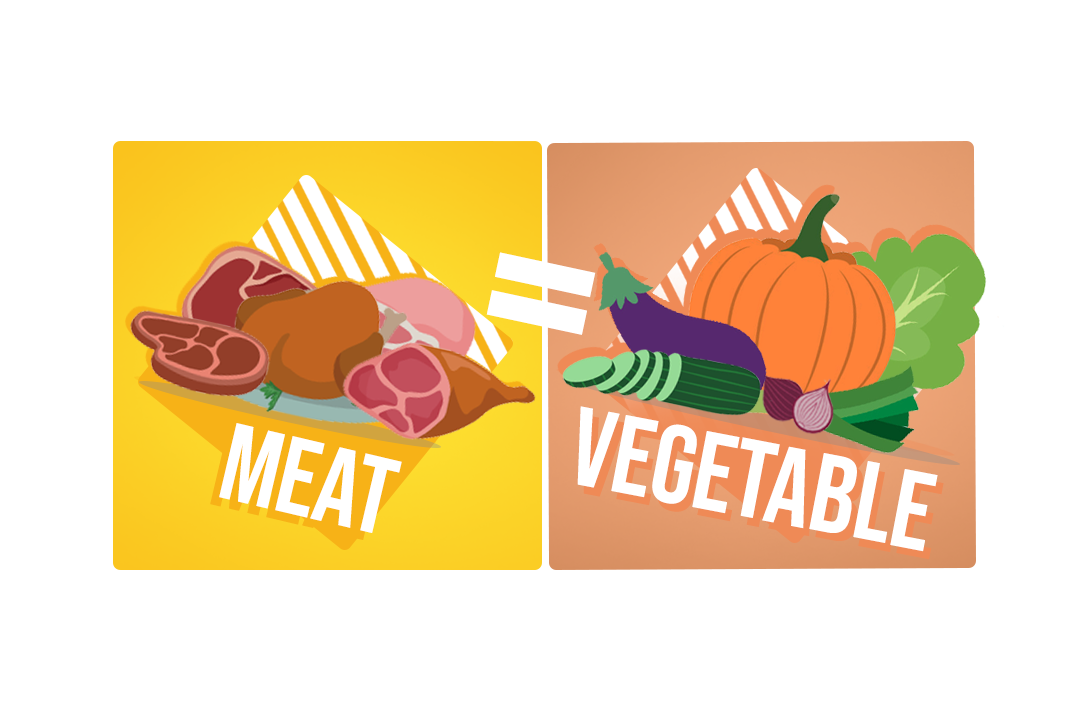
Vegetarianism and veganism is a growing trend, with plant-based diets seeing an increase across the world. Food-related cruise ship jobs need to follow these trends to ensure they can cater to changing demands. The US and China are two of the biggest cruise economies in the world. According to the Food Revolution Network, the last three years have shown a 600 per cent increase in people identifying as vegan in the US, while the Chinese government has released dietary guidelines to encourage people to reduce meat consumption by 50 per cent. But this doesn’t mean they don’t want their favourite food. Cruise ship chefs can learn how to substitute meat with vegetarian or vegan options that keep the dish just as delicious.
MINCE
Minced beef is a staple in well-loved dishes such as lasagna, tacos, casseroles, meat pies, spaghetti bolognese and chili. For vegetarian and vegan diners, cruise ship chefs have a number of options.
Firm tofu is often pressed under a heavy weight to squeeze out water and then crumbled to form mince, which cooks much faster than ground beef. Textured soy protein, made from soy flour, has the texture and appearance of ground beef. It is quite flavourless so absorbs seasoning very well.
Lentils have also worked as minced meat, and while easily available are probably not the first choice for most chefs.
STEAK
Steaks are a big favourite around the world. Cruise ship chefs will know the regularity with which they are relished on board. To give vegetarians an option, look no further than the humble cauliflower. A thick slice of a whole cauliflower head can easily be stuck into the oven and roasted with oil and herbs, or sautéed in a pan with mushrooms in white wine sauce.
Seitan – which is basically wheat gluten that’s had all its starch removed – is an excellent substitute for steak and can be flavoured with any popular seasoning including barbeque sauce. The texture is fairly close to meat which makes it all the more desirable as a substitute.
PATTIES
Vegetable burgers don’t really sound that appetising, but when the substitutes offer the flavour and texture of meat, it’s hard to argue. One of these is tempeh, a traditional Indonesian product made of fermented soybeans, most often sold in a cake form. It can easily be seasoned and grilled to make delicious burger patties.
Other options for burgers are black beans which are typically used from a can. But they are also available dried, and then need to be steamed before being drained well, ground to a paste with other ingredients and flavourings and then pressed into a patty.
RIBS & HOT DOGS
Seitan is perfect for ribs since they offer that ‘meaty’ pull and can also be used as the filling in hot dogs, the casing of which is made of cellulose or other plant-based ingredients instead of the usual intestine.
One of the most popular companies selling meat-like vegetarian products is Quorn, which was first marketed back in 1985. It is now one of the largest companies selling meat-replacement food in the UK, including hot dogs.
SANDWICH FILLING
Sandwiches are one of the top quick-service meals ordered on board. Cruise ship chefs can offer delicious versions of favourites such as croque monsieur, reubens, po’boys and more with easy substitutes.
Shiitake mushrooms are a popular substitute for croque monsieurs, sautéed generously to develop that sweet-salty taste associated with the original ham. Jackfruit is an unlikely ingredient here, but quite useful. In such cases, it is used raw and has a flesh-like texture that is perfect in tacos and for a filling similar to pulled pork.
The flaky texture of tempeh is popular as a substitute for the seafood filling in po’boys as well as to make ‘crab’ cakes and ‘fish’ fillets.
HOT WINGS
Seitan is a great substitute for this incredibly well-loved snack, but the ubiquitous cauliflower is on the list as well. The stem of the florets even mimics the wing end, with a sticky hot sauce just the right accompaniment for its spicy and crispy coating.
Convenience Food On Cruise Ships
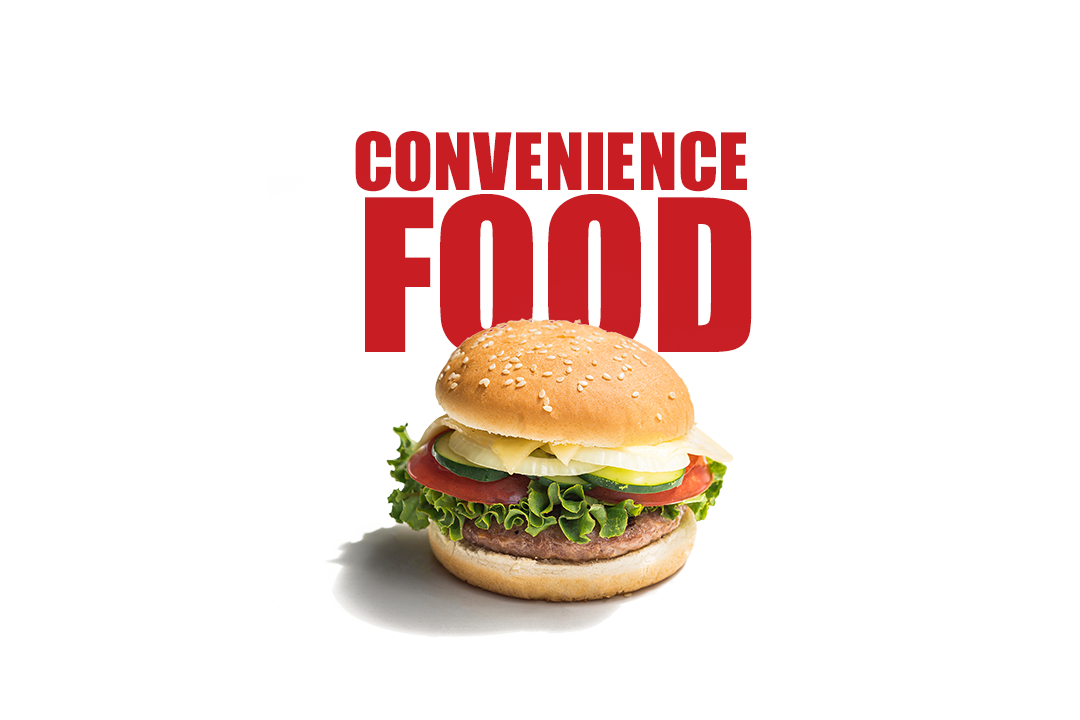
Cruise ship jobs take you far from the comforts you’re used to. With the demands of the job, it’s not uncommon that sometimes you find yourself either too tired or too lazy to make the breakfast, lunch or dinner schedule. At this time, convenience food is your saviour.
For health reasons, it is not recommended that one eats convenience food often. This is because they are usually high in salt or sugar content, preservatives, saturated fats and food additives. That said, they are the easiest snack or instant food available on the run.
Many cruise ships have restrictions on convenience foods available to passengers, possibly to encourage them to spend on eating food freshly prepared in the various restaurants on board. Some allow them to bring restricted pre-packaged items including a few packets of cookies and salty snacks such as beef jerky.
On the other hand, for people with cruise ship jobs, management tries to make life easier by offering items they enjoy. The crew general store on board will typically have a selected variety of crisps, instant noodles and quick ready-to-eat food.
Packaged cheese and processed meat is considered convenience food – it’s easy to pick up a wedge of La Vache Qui Rit and pop it into your mouth or spread it on a slice of bread on the go. Soft drinks and beverages such as Pepsi, Coca Cola and their associated brands are also usually available.
Passengers were earlier allowed to bring a certain amount of bottled water and non-alcoholic beverages on board, but some cruise lines such as Carnival now require these to be bought on board in cans. Any sodas or bottled water brought on board by passengers are confiscated and returned to guests at the end of the cruise.
Crisps from Lays, Pringles and Doritos nachos are very popular worldwide, and should be available to crew although there may not be the variety of flavours you expect. They may be priced slightly higher than usual so check with on-board regulations if you can bring a few packets back from shore visits.
Oreos are another popular convenience food, which is usually made available to crew at the general store. There may be instances of instant ramen, soups, and ready-mix pastas like macaroni and cheese, but you must remember that most cruise ships do not allow crew to take such consumables back to their rooms. They must be eaten in the mess or crew dining area where any crumbs and spillage can easily be cleaned and sanitised.
Other convenience food that is easily available is commercial chocolates such as Twix, Snickers, Kit Kat, Haribo gummies and the like. It might be wiser to opt for cereal bars and packaged mixed dry fruit as snacks when you’re hungry to keep your health in check.
Passengers can find easy substitutes for their favourite convenience food on board. Instead of Doritos, they can order a plate of cheesy nachos. Any Asian restaurant on board will be happy to make a customised bowl of ramen to replace their craving for instant noodles. Bakeries on board are filled with tantalising options including freshly made pretzels, chocolate chip biscuits, sandwich cookies and more that will satisfy a yearning for items like Oreos and Chips Ahoy.
As part of cruise ship jobs, you may be asked by passengers about the availability of convenience food. If the vessel you work on offers a limited range or none at all, point them in the direction of the nearest restaurant that makes worthy substitutes from fresh ingredients.

